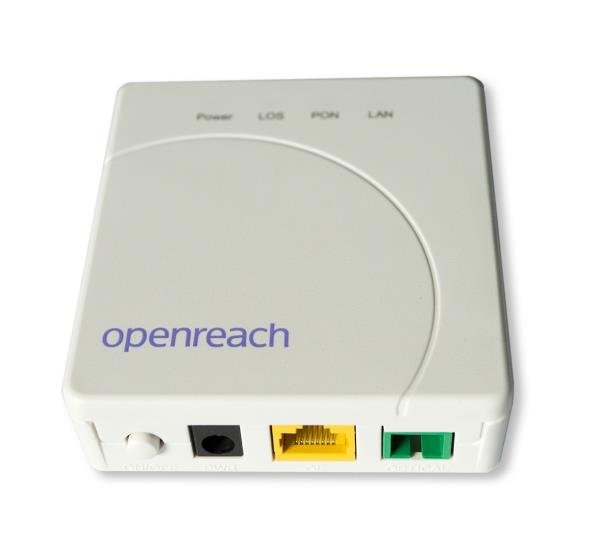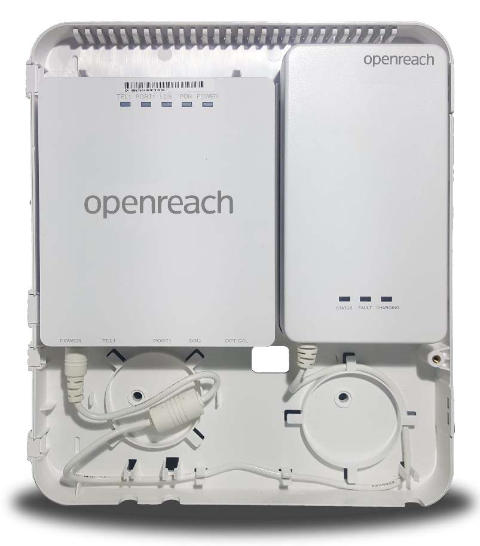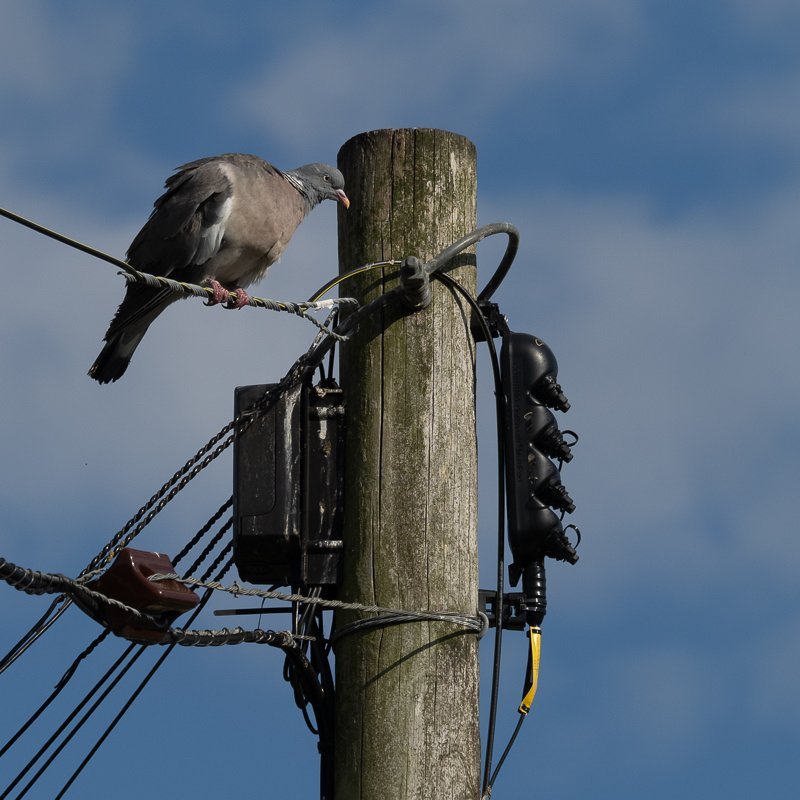FTTP Installation Q&A
FTTP Installation Q&A February 2021
Some details about FTTP delivery have changed since we started this project a year ago.
Even the name varies. Fibre To The Premises (FTTP), Fibre to the Home (FTTH) and Full Fibre all mean the same. Ultrafast also includes FTTP.
Suppliers’ websites can be out of date or incomplete in some areas, and some call centre support people have given incorrect information to residents.
So we’ve put together this FTTP Installation Q&A with help from a few early installations and research on the internet.
There are some important notes for Voucher holders.
I’ve checked everything here as much as I can, but I can’t promise that it’s 100% correct, or that things won’t change again.
please click the + and x signs to display and hide the answers
Your chosen ISP (for most of us, that’s BT) should have sent you a new router such as a BT Smart Hub 2.
Your existing broadband service comes over your phone line, and your router plugs into a phone socket on the wall (probably via an adapter).
The Openreach engineer will run the fibre from the connector (CBT) on a telegraph pole and will need to drill a hole in an outside wall to bring the fibre into your house.
The engineer will fix a little box called an ONT (Optical Network Terminator) on the inside wall.
The ONT converts the fibre optic signal into an Ethernet signal. You connect your new router to the ONT using an internet cable.
ONT (Optical Network Terminator)

Sockets are for power, ethernet and fibre. Size: 82mm x 89mm
You need to decide where the ONT will go, close to a power socket and somewhere the fibre cable won’t get knocked.
Make sure the engineer has clear and easy access to the location inside and outside.
Here is a short (2min 14sec) introductory video from Openreach:
You agreed to:
- To take up a contract of at least 12 months,
- With a download speed of at least 30Mbps, and at least twice your existing connection speed,
- On a connection that is gigabit-capable and
- is installed within 12 months of the voucher date.
The standard contract which Compton Community Fibre Partnership was required to sign stated:
The SMEs or residential beneficiaries acknowledge and agree that they will place an order for an eligible broadband service … within 10 working days of any such eligible broadband service becoming available to order.
Because of the long delay between our placing orders and the assigned installation dates, Openreach is requesting DCMS to extend our vouchers until the end of April 2021.
The lowest speed fibre contract which BT offers is their Fibre Essential 36Mpbs package, so whatever contract you have signed should satisfy the speed requirement.
Your order confirmation email should tell you your estimated download speed.
For properties with FTTC (Fibre to the Cabinet) broadband, connection speeds can vary considerably depending on distance from the cabinet.
Here in Compton village, we now have FTTP, and the signal over fibre does not degrade significantly with distance.
The Openreach Community Fibre team confirmed:
As FTTP is a full fibre solution, the end user should not experience much drop off in connection speed.
So if they have ordered a 36Mbps or 50Mbps package, they should achieve this speed, or very close to.
Note that this is the speed you should get at a computer plugged directly into the router.
The speed you get over wi-fi will depend on how far your device is from the router and the thickness of your walls.
You may find you need to upgrade your wifi to take full advantage of your new broadband speeds. BT offer a Complete WiFi option. Zen have an Everyroom option. Other solutions are available.
If you are one of the gigabit voucher holders, you will receive an email from Gigabit Vouchers,
subject: Gigabit Broadband Voucher Scheme – you need to confirm your new connection to receive your grant
The connection should have been tested by the engineer who installed it. But if there is a problem and you cannot confirm the new connection is working in line with the terms and conditions of the scheme, please let me know.
You may also be be contacted on behalf of DCMS to set up a visit or collect information about your new connection. These spot checks are generated randomly.
This feedback enables them to monitor the service that you have received and to check that you are satisfied with the end result.
If you are one of the gigabit voucher holders, you will get an email with the subject
Gigabit voucher scheme – process complete
This will be after any post installation checks, and after DCMS has processed your voucher.
Please make a note to forward the completion email to me when it arrives.
We need to make sure that Openreach redeems vouchers to the value of £44,971 specified in our contract with them.
With BT, if you want to change your order before installation, it seems you have to cancel and reorder. This may mean you lose your installation slot.
BT told me on the phone that if, after installation, you’d like to go to a faster speed, the upgrade can be activated within 24 hours.
You are strongly advised to use the supplied router.
But if you have a good reason and the skill to set it up, you can use a different router.
The router supplied by your ISP (for example, the BT Smart Hub 2) should be the easiest to install.
BT recently changed their terms and conditions to make clear that they retain ownership of routers which they supply. If you change supplier, you have to return the BT hub.
If you do use a different router, BT may ask you to reproduce problems using their equipment.
Openreach have announced that the PSTN (Public Switch Telephone Network) will be switched off at the end of 2025.
If you wish to keep your old landline for now, you should be able to do so with BT. The old connection remains in place. Other suppliers may not offer this option.
With early FTTP installations, Openreach replaced the old copper line with a combined copper fibre line.
Earlier ONT boxes (like the one shown here) were larger and contained a socket for your old phone.
A Battery Backup Unit (BBU) sat next to the ONT to allow you to make calls using your landline in the event of a power failure.
The new smaller ONTs have no support for old-style analogue phone lines.

215mm x 252mm
BT is starting to introduce a new Digital Voice service. You may have been offered this when you placed your Fibre order.
BT are introducing Digital Voice as their new home phone service, running over your broadband connection. BT aim to switch all their landline users over to Digital Voice by the end of 2025.
The cost of the service (but not the calls) is included in your BT broadband package.
See https://www.bt.com/help/landline/digital-voice-phones/
Zen offer a digital voice service as a chargeable add-on. See https://www.zen.co.uk/phone/digital-voice
Sky also offer an Internet Calls option in some areas, but they have not said anything about whether or when they might provide a full fibre service in Compton.
As well as better call quality, BT’s Digital Voice lets you do several things that aren’t possible with normal landlines.
For example, if you have more than one handset, two people can make separate outgoing calls at the same time. If you are on a call, another person can pick up an incoming call on a different handset.
See https://www.bt.com/help/landline/digital-voice-phones/ for more details.
If you’d prefer to use the Digital Voice service with your old handset, you can plug it directly into the BT Smart Hub 2. You can also use a wi-fi connected BT Digital Voice Adapter which lets you use your old phone with BT’s Digital Voice service without having to be close to the Smart Hub 2.
BT Digital Voice appears to be tied to BT and the BT Smart Hub 2.
So if you decide to go with different broadband provider at the end of your contract, you’d have to find a different solution for your phones as well.
And if you’ve chosen to use a different router, you can’t use BT Digital Voice.
Since the handsets have their own contacts directory, you’d expect there to be a way to import contacts from a smartphone or computer address list. The documentation doesn’t mention this possibility, although such a feature could come along in a firmware update.
BT’s Digital Voice presumably uses the existing VoIP (Voice over Internet Protocol) standard, which has been around for some time, mostly for business use.
It’s likely that, as BT and Openreach phase out the old analogue voice network, more VoIP providers will start offering packages aimed at the home phone market and which do not tie you in to a single broadband provider.







